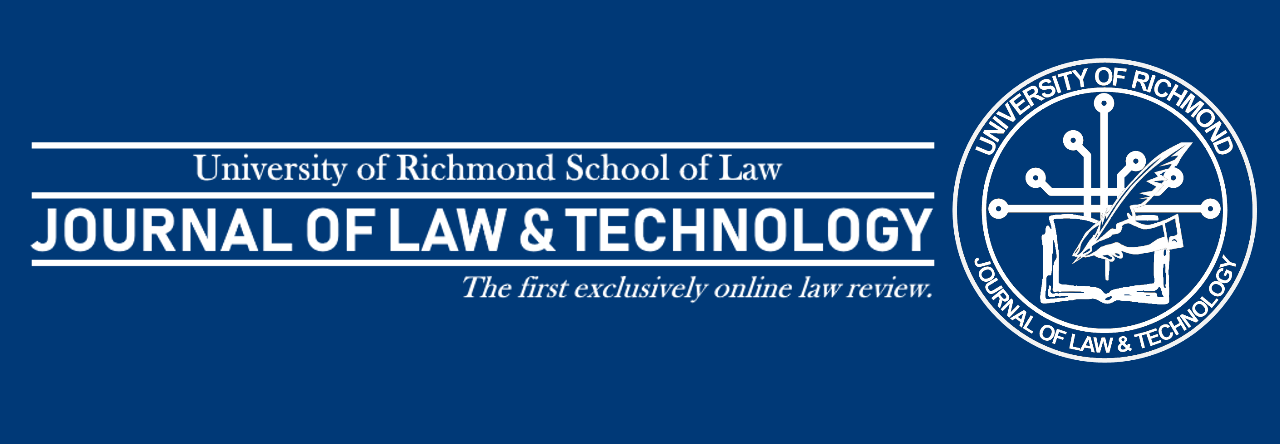By: Anne Groves

The search box is the first place many researchers go to find the answers they need,[1] but most legal researchers have no knowledge about the underlying structures of the technology they use.[2] When it comes to relevance ranking, users simply expect an intuitive search process.[3] Software engineers that work for legal research companies are tasked with the difficulty of building an algorithm that determines user search results to meet their needs.[4]
Search users’ behaviors and expectations vary widely among different types of search engines. For an E-Commerce site, search acts as a salesperson with an ultimate goal of the user purchasing. Legal search engines are considered expert searches, using legalese and specialized jargon entered by lawyers.[5] Even for the same type of search engine, users’ behaviors and expectations can vary. A law student or professor conducting academic research would have different behaviors and expectations than an attorney.[6]
A search that may seem like a simple task for someone conducting research requires extensive engineering work.[7] Search engineers make choices about how the algorithm will operate that has implications for legal research results.[8] These choices become the preferences in a computer system, or a legal research database.[9]
So, without having complete access to the decisions and preferences incorporated into our legal search engines, how do we decide what services to trust with providing relevant results? In a study conducted to compare how different algorithms process the same search with the same set of documents, Westlaw and LexisNexis, the oldest database providers, ranked at the top for relevance. [10] Nevertheless, for law students and anyone practicing in the legal profession, using multiple sources and learning to navigate an algorithm’s behavior is part of an ethical duty to perform competent research.[11]
Search engineers strive to provide an experience that is the right balance between flexibility and simple design. Putting the customer in the driver’s seat is paramount to achieving search relevance and happy customers, but this process must be streamlined in such a way that is approachable for the average user.[12]
Almost every major legal research company allows the user to filter by category and jurisdiction.[13] In addition to filtering many legal database providers try to give their customers more control of this complex process through Boolean logic. Boolean search connectors are the words and symbols that create a relationship between your search terms.[14] LexisNexis and Westlaw employ Boolean logic in conjunction with their own unique categorization systems to create relevant results for its users.[15]
LexisNexis Shepard’s citation service provides a holistic editorial analysis by experienced attorneys to ensure the authorities being cited are still good law. [16] Shepard’s also allows you to identify potential splits of authority. [17] Westlaw’s Key Number System categorizes cases into their corresponding legal issues and topics, helping legal researchers more efficiently find relevant case law.[18]
Even if firms pay a flat rate for an account with a top-notch legal database, attorneys may potentially need a result that is outside of their firm’s plan. As a result, they are charged an additional fee to access a document. [19] Learning the basic skills and concepts behind search relevance results is important for legal research, because not every firm has access to the same legal databases and results may vary between databases.[20]
image source: https://www.cogitotech.com/services/search-relevance/
[1] See Doug Turnball & John Berryman, Relevant SEARCH 2 (2016).
[2] See Susan Nevelow Mart, The Algorithm as a Human Artifact: Implications for Legal [Re]Search, 109 Law Libr. J. 387, 394 (2017).
[3] See Turnball & Berryman, supra note 1.
[4] See Mart, supra note 2, at 388.
[5] See Turnball & Berryman, supra note 1, at 5.
[6] See id. at 9.
[7] See id. at 4.
[8] See Mart, supra note 2, at 388.
[9] See id.
[10] See id. at 390.
[11] See id.
[12] See Susan Nevelow Mart, A.B.A J., Results May Vary in Legal Research Databases (Mar. 1, 2018, 12:15 AM),
http://www.abajournal.com/magazine/article/results_vary_legal_research_databases.
[13] See, e.g., Lexis Advance Research, https://advance.lexis.com/firsttime?crid=cb2d94cb-c765-4750-80ea-8cd7e2d9a3b8 (allowing users to filter by category and jurisdiction).
[14] See, e.g., Boolean Connectors, LexisNexis Help, http://help.lexisnexis.com/tabula-rasa/publisher/booleanconnectors_ref-reference?lbu=us&locale=en_us&audience=user (defining Boolean search connectors and explaining LexisNexis Boolean connectors).
[15] See, e.g., id; Thomson Reuters, Searching with Boolean Terms and Connectors, WestlawNext, https://info.legalsolutions.thomsonreuters.com/pdf/wln2/L-362608.pdf (explaining Westlaw’s Boolean search connectors).
[16] See LexisNexis, Shepard’s Citations, LexisNexis Academic, https://www.lexisnexis.com/communities/academic/w/wiki/105.shepard-s-citations.aspx.
[17] See LexisNexis, Shepard’s Citations Service, Products, https://www.lexisnexis.com/en-us/products/lexis-advance/shepards.page.
[18] See Maggie Keefe, Using the West Key Number System, Thomson Reuters, https://legal.thomsonreuters.com/en/insights/articles/using-the-west-key-numbers-system.
[19] See, e.g., Cost-Effective Electronic Legal Research: Lexis & Westlaw Pricing, Franklin County Law Library, https://fclawlib.libguides.com/costeffectivelegalresearch/pricing (explaining how firms play a flat rate for whatever Westlaw or Lexis plans they use and if an attorney goes outside of a plan there are additional fees).
[20] See Mart, supra note 12.
